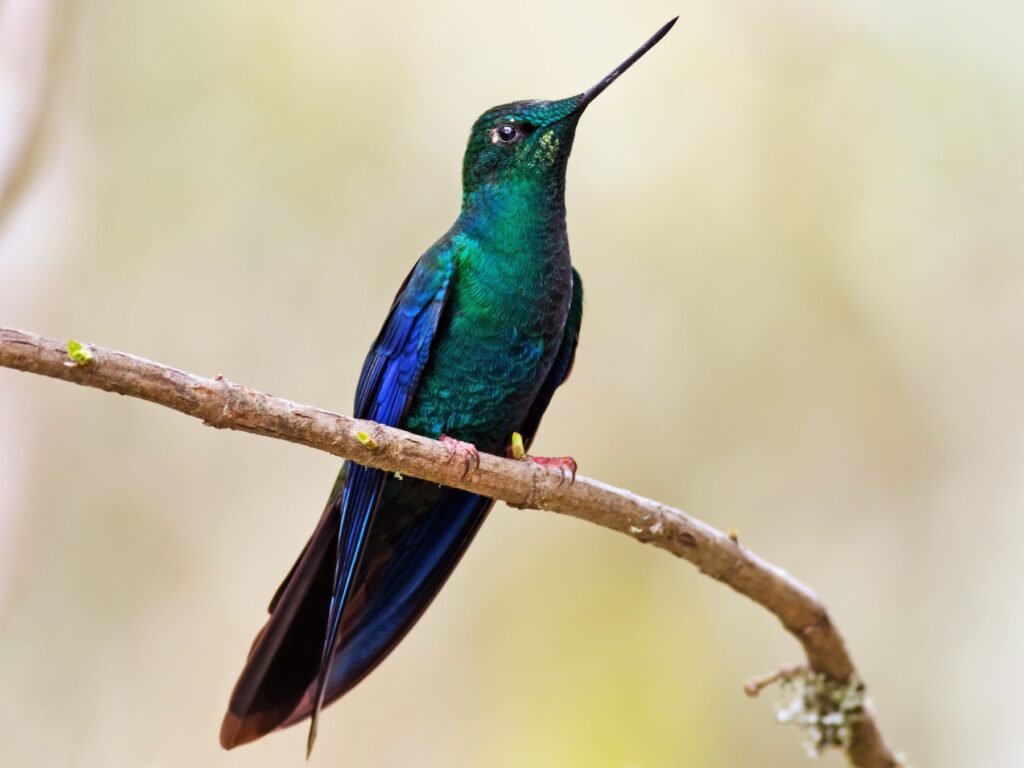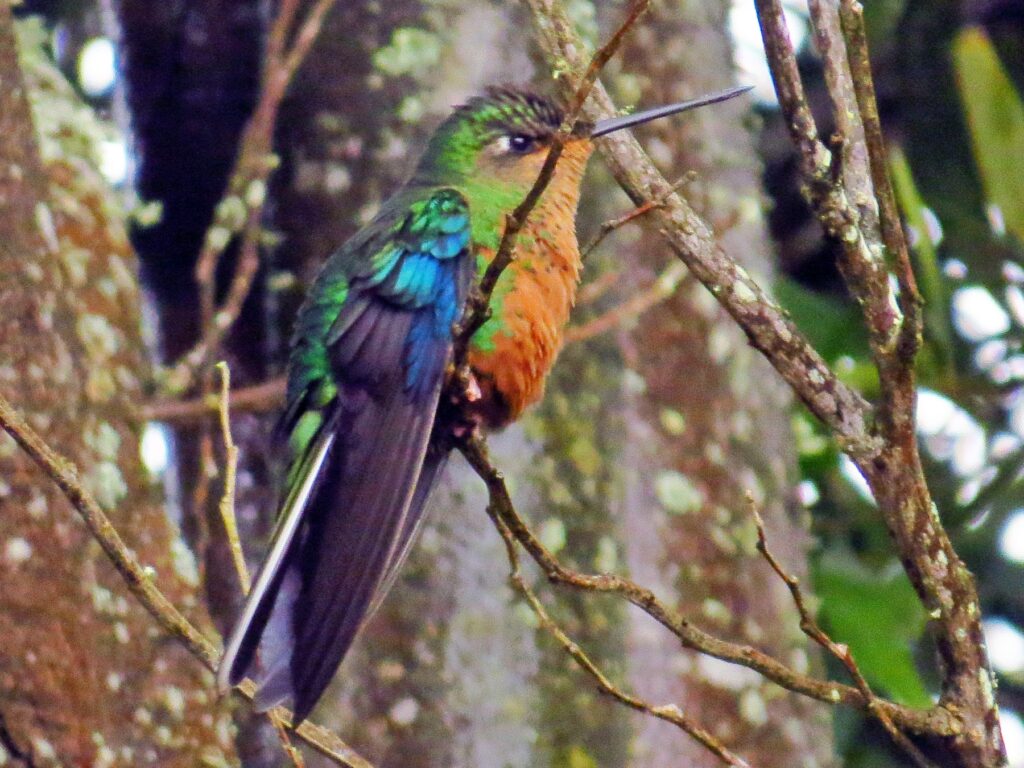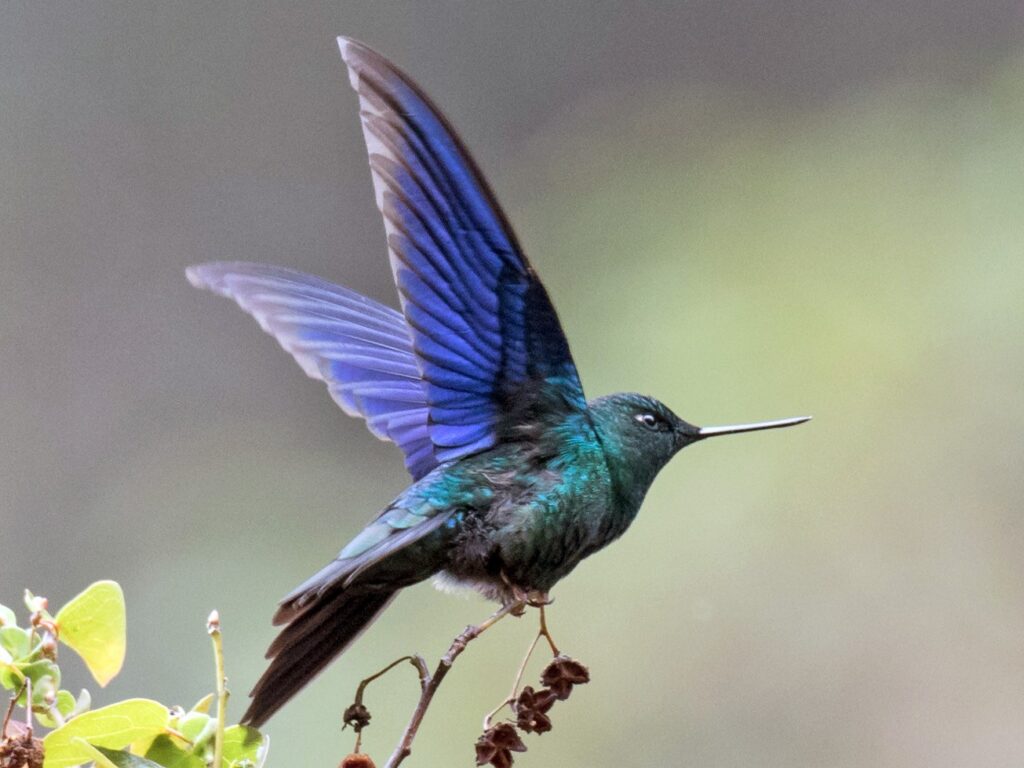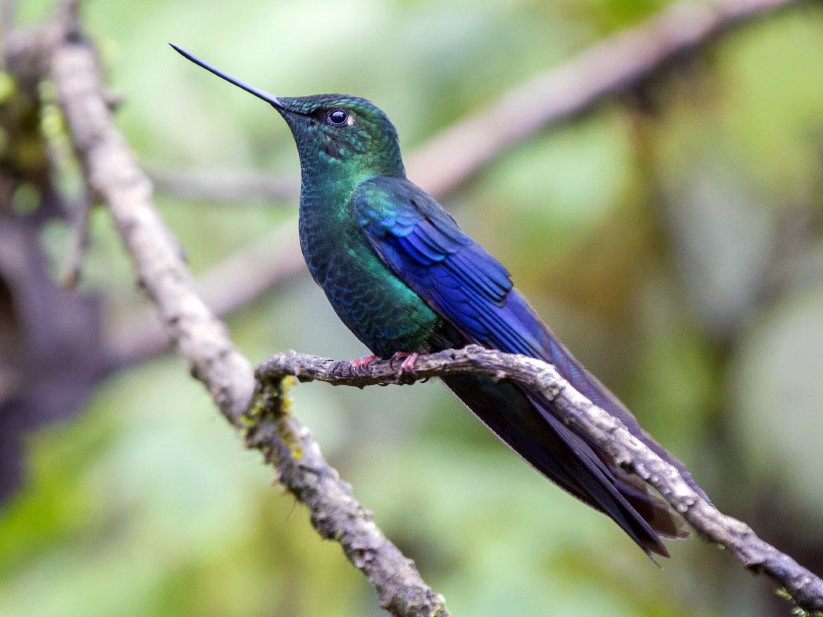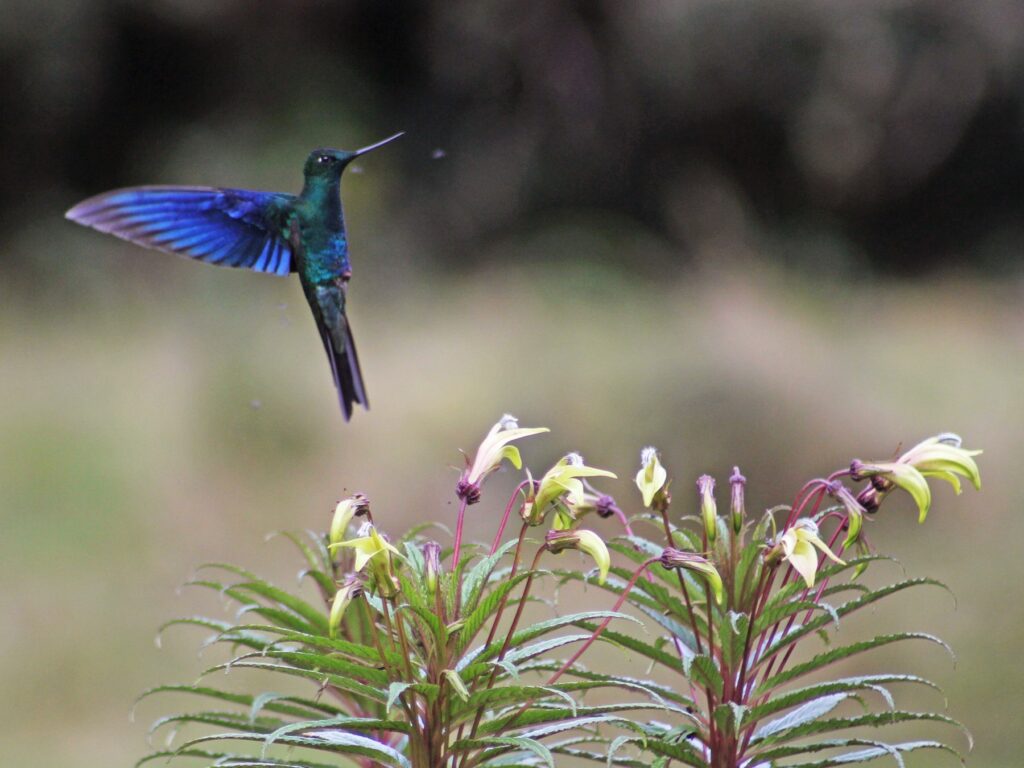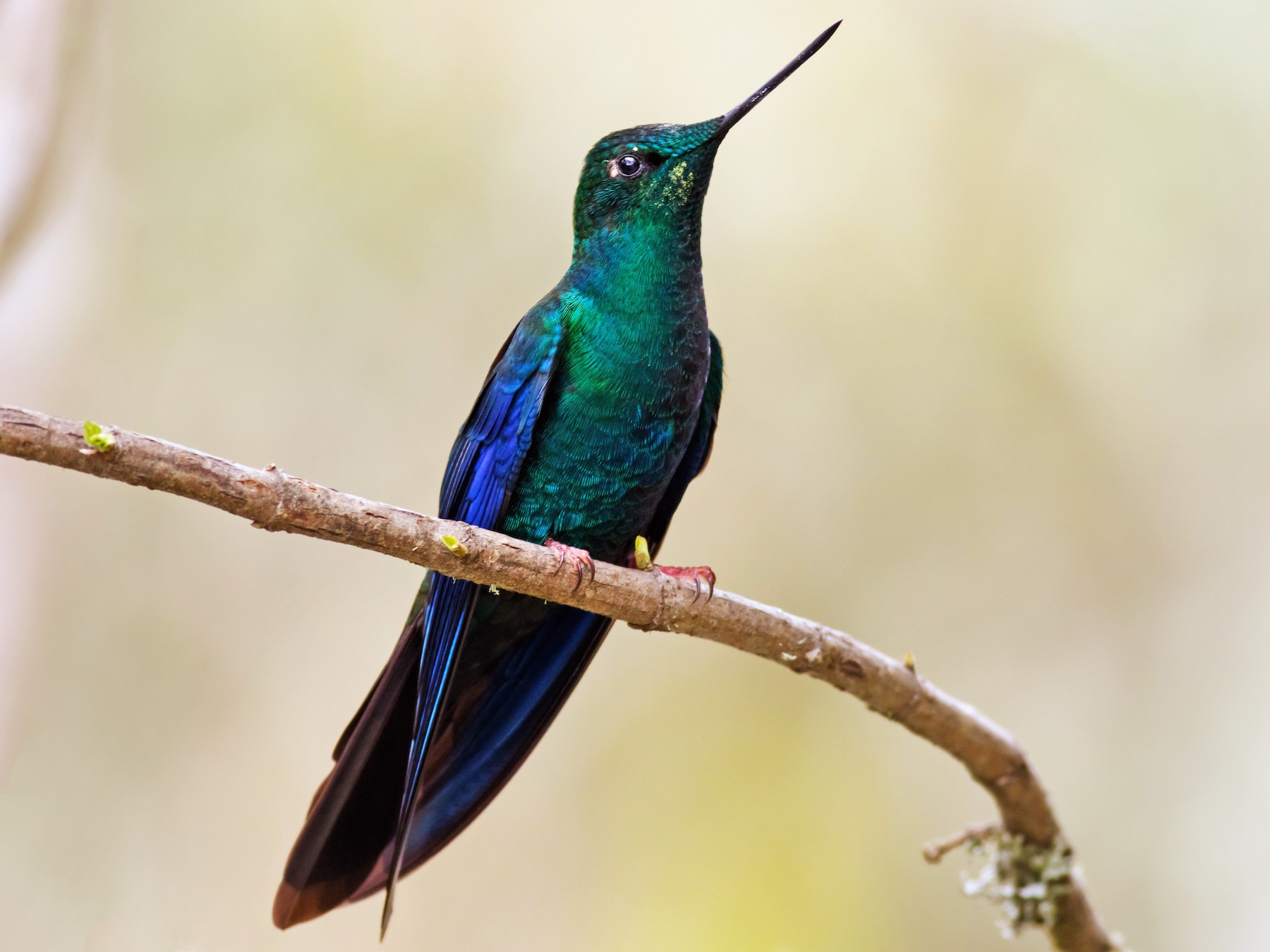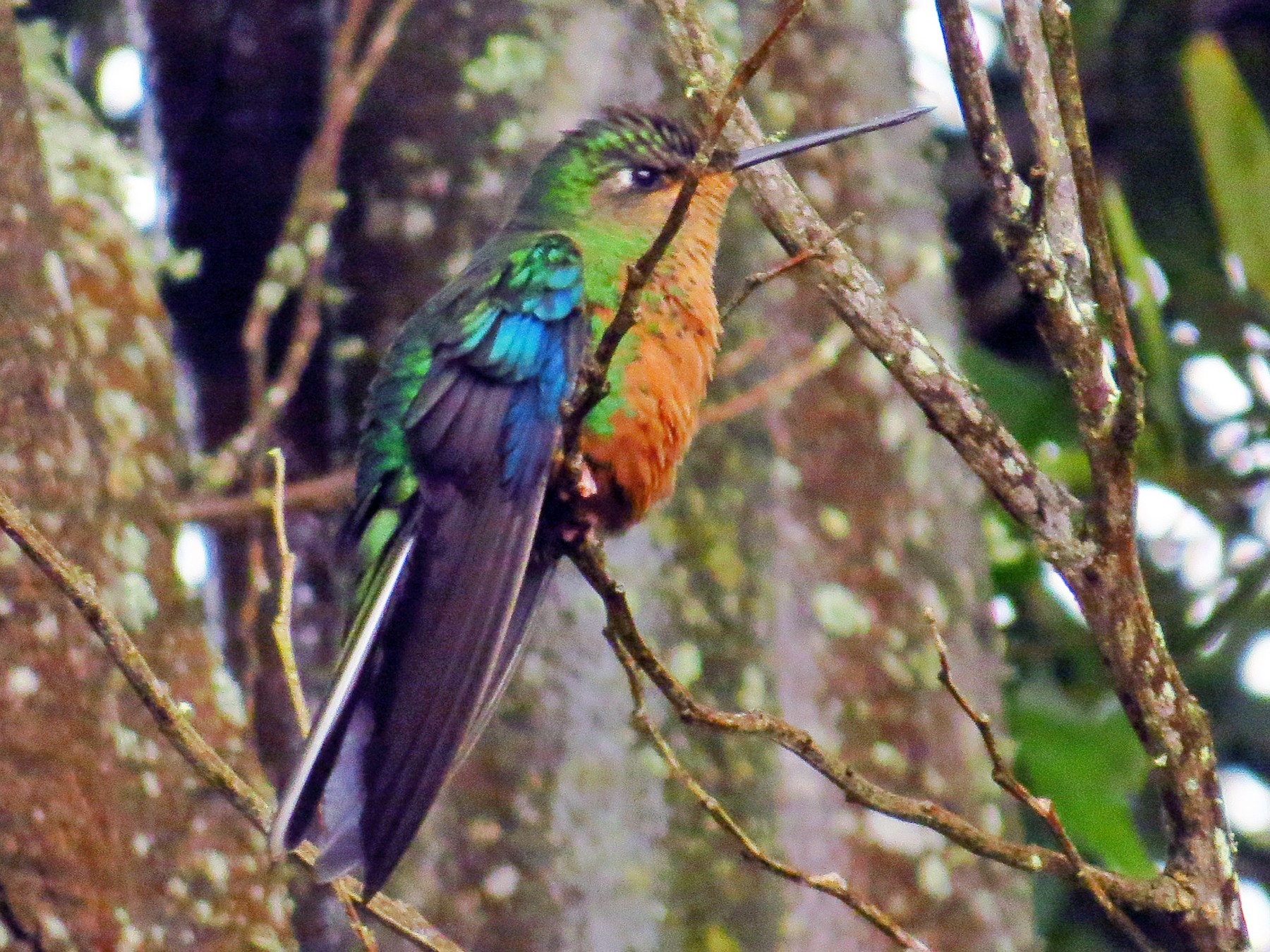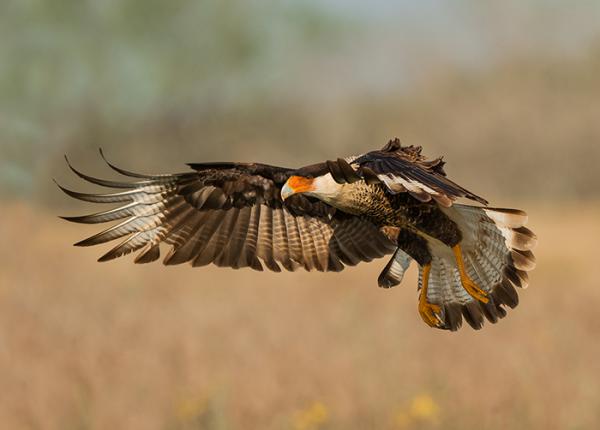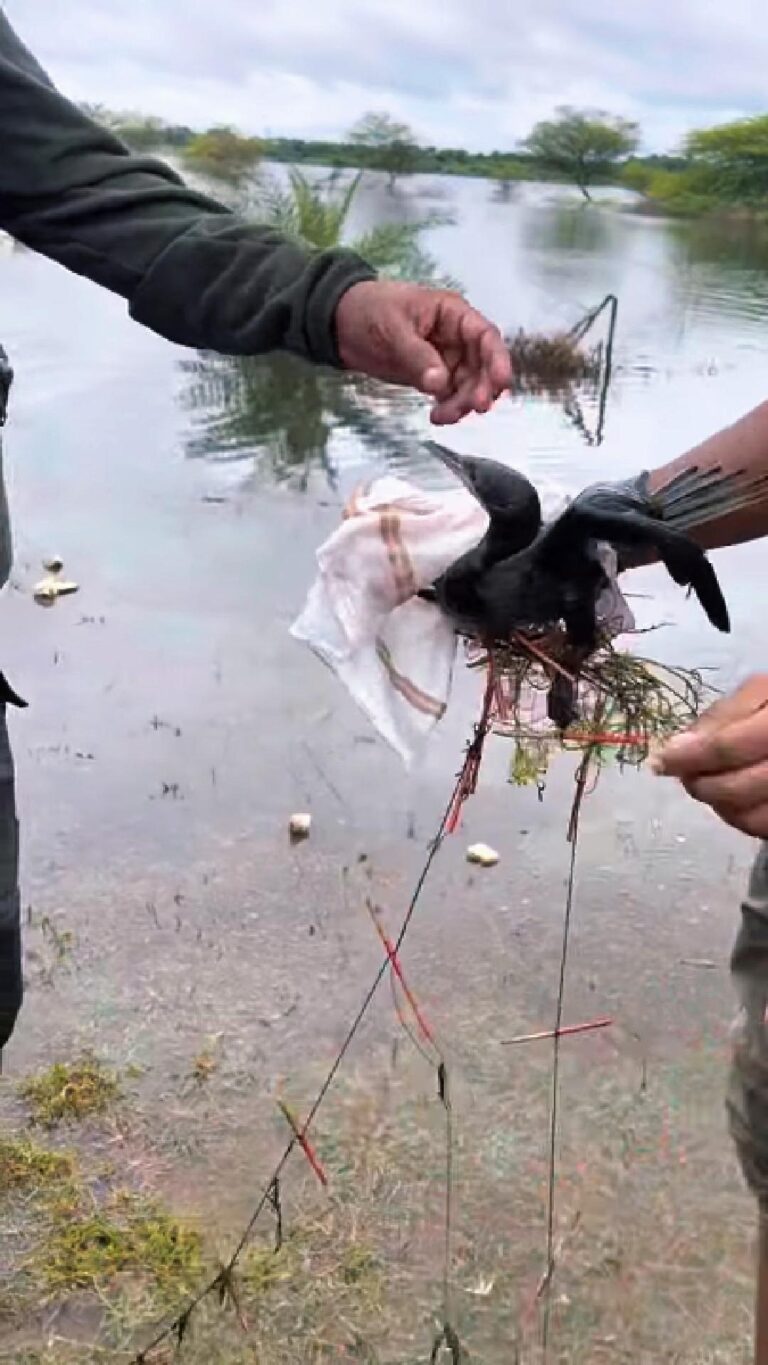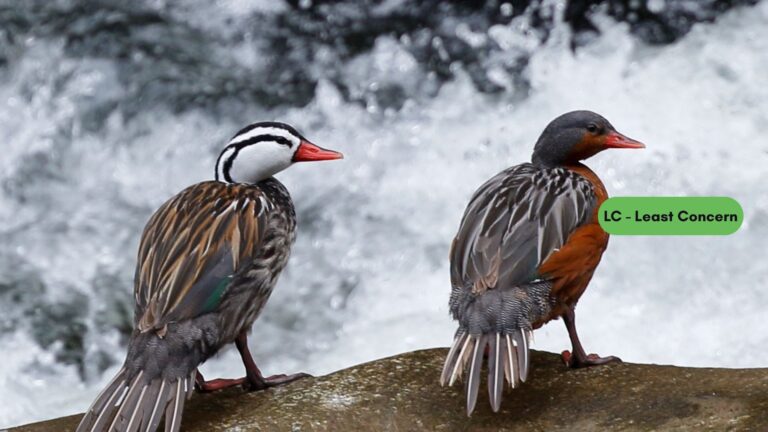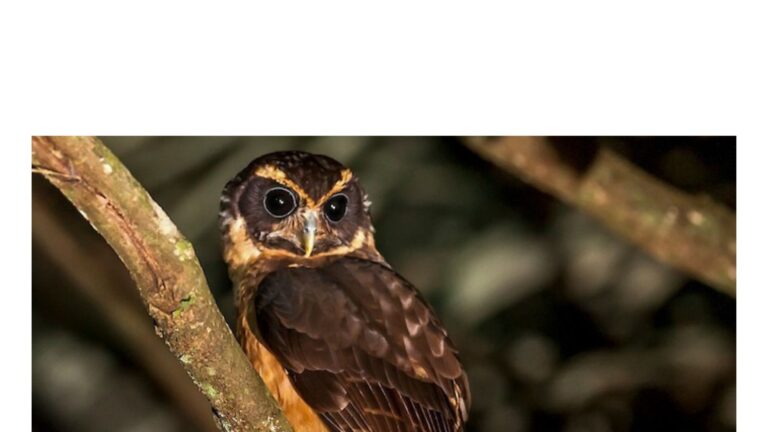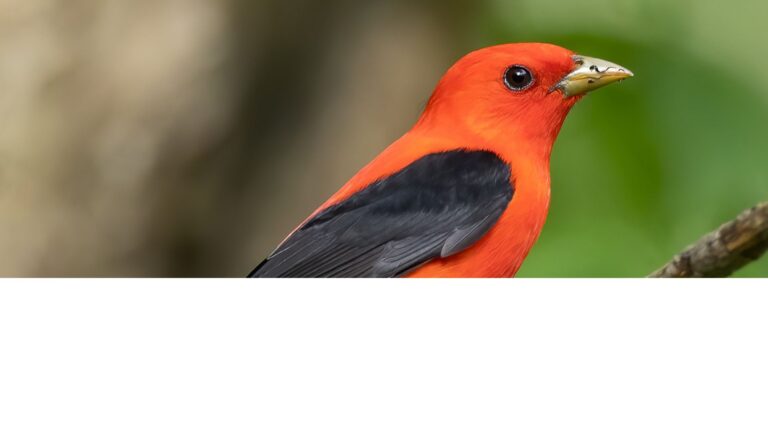Great Sapphirewing: Unveiling the Mysteries of Nature’s Jewel
The Great Sapphirewing, known scientifically as Pterophanes cyanopterus, is a remarkable hummingbird that captivates bird watchers and nature enthusiasts alike. This species is distinguished by its vibrant colors and unique habitat preferences, making it an essential part of the montane ecosystems in its range. Found primarily in the Andean regions, this bird plays a crucial role in pollination, supporting the diverse plant life that thrives in these high-altitude environments.
The Great Sapphirewing stands out not only for its beauty and vocalizations but also for its interesting behavior and nesting habits. These hummingbirds are known to form unique associations with other species, showcasing their adaptability in complex habitats. Conservation efforts are vital for protecting this species, as its populations are affected by habitat loss and environmental changes.
As readers explore the fascinating traits and significance of this bird, they will better appreciate its role in nature and the importance of preserving its habitat.
Key Takeaways
- The Great Sapphirewing is a vibrant hummingbird that thrives in the Andes.
- Its unique nesting behaviors highlight its adaptability in complex ecosystems.
- Conservation is essential to protect the Great Sapphirewing from habitat loss.
Taxonomy and Classification
Understanding the taxonomy and classification of this bird provides insight into its biological relationships and characteristics. This section covers the scientific nomenclature and its family connections to other species.
Scientific Nomenclature
This species is scientifically named Pterophanes cyanopterus. This name reflects its distinct features, with “Pterophanes” indicating its genus. The species name “cyanopterus” comes from the Greek words for “blue” and “wing,” highlighting its striking blue feathers.
This bird is classified under the order Caprimulgiformes. This order includes other similar birds, which share particular traits such as nocturnal behavior and specialized feeding habits. The classification helps researchers connect it to its relatives and understand its evolution.
Family and Relatives
This hummingbird belongs to the family Trochilidae, commonly known as the hummingbirds. This family contains a wide variety of small, colorful birds. The Giant Hummingbird (Patagona gigas) is another well-known member of this family, but it differs significantly in size and habitat.
Within the context of its family, this bird showcases unique adaptations like its elongated wings and specialized bill. This allows it to feed on nectar from various flowers, playing a crucial role in pollination. Additionally, its relatives within the Trochilidae family exhibit diverse traits, emphasizing the evolutionary adaptability of these birds.
Physical Characteristics
This bird is known for its impressive size and striking blue wings, which make it stand out among other hummingbirds. Its physical features play a vital role in its behavior and adaptability in the wild.
Remarkable Size
Additional Information
This species showcases unique behaviors that make it an interesting subject for bird watchers and researchers alike.
This species is one of the largest hummingbirds, measuring about 4.5 to 5.5 inches in length. This size allows for greater energy reserves, enabling longer flights.
It also has a robust body, which is unusual for hummingbirds. This sturdy build helps it withstand varying environmental conditions.
Males are typically larger than females, which is common among many bird species. Their size contributes to their dominance during mating displays and territorial behaviors.
Distinctive Blue Wings
The wings of the Great Sapphirewing are distinctively blue, showcasing a vibrant iridescence. These wings not only serve as a visual spectacle but also aid in attracting mates.
The blue color comes from microscopic structures that reflect light. This unique feature plays a crucial role in their mating rituals when males display their wings to impress females.
Additionally, the wings are long and narrow, which facilitates agile flight. This helps the bird maneuver swiftly between flowers while feeding on nectar. The combination of size and color enhances its survival in a competitive habitat.
Habitat and Distribution
The Great Sapphirewing is a stunning hummingbird species primarily found in the high Andes. Its distribution spans several countries, and it prefers specific habitats within these regions. Understanding where this bird thrives is crucial for conservation efforts.
Geographical Range
The geographical range of the Great Sapphirewing extends through several countries in South America. They can be found in Colombia, Ecuador, Peru, and Bolivia.
In Ecuador, significant populations inhabit areas around the Yanacocha Reserve. This zone provides essential conditions for their survival. In Peru, they occupy similar high-altitude environments, primarily in the Andes mountains.
In Colombia and Bolivia, they are often seen at elevations between 3,000 and 4,800 meters. Their range reflects a preference for the cooler, moist climate typical of these high-elevation areas.
Preferred Habitats
Great Sapphirewings thrive in paramo and cloud forest ecosystems. These habitats feature a mixture of grasslands and shrubs, often with abundant flowers.
They require these areas due to the availability of nectar sources, which are essential for their diet. In particular, Polylepis trees are vital as they support various flowering plants.
The Great Sapphirewing often favors open fields mixed with patches of shrubs or trees. These environments allow them to navigate easily while searching for food. The unique conditions of their habitats also provide shelter from predators.
Maintaining these vital habitats is essential for the conservation of the Great Sapphirewing and other species in the high Andes.
Conservation Status
The conservation status of the Great Sapphirewing is critical to its survival. This section outlines its classification by the IUCN and the efforts being made to protect its habitat.
IUCN Classification
The Great Sapphirewing, known scientifically as Pterophanes cyanopterus, is currently classified as Near Threatened by the IUCN. This classification indicates that the species is close to qualifying for a threatened category. Concerns about habitat loss due to deforestation and agriculture contribute to its status.
Habitat destruction in the high Andes greatly affects the Great Sapphirewing. Its specific requirements for montane grassland and shrub areas make it vulnerable. Conservationists are actively monitoring populations to ensure they do not move toward a higher risk category.
Conservation Efforts
Conservation efforts for the Great Sapphirewing have become more important in recent years. Organizations focus on protecting its habitat in the high Andes of Peru and Ecuador. These efforts include creating protected areas and promoting sustainable land use.
Additionally, local communities are engaged in conservation strategies. Educational programs raise awareness about the importance of preserving the Great Sapphirewing and its habitat.
Research initiatives aim to gather more data on its population and habitat preferences. Strengthening these conservation measures is vital for the survival of this beautiful bird.
Cultural and Commercial Significance
The Great Sapphirewing holds notable cultural and commercial value, particularly in Andean communities. Its vibrant colors and unique characteristics make it significant in local traditions and commerce.
Symbolism and Representation
In many Andean cultures, the Great Sapphirewing symbolizes beauty and harmony with nature. Its striking appearance has made it a subject of artistic representations, including crafts and textiles.
The bird often embodies the spirit of the Andes, representing resilience and connection to the land. The Great Sapphirewing is also seen in local folklore, reinforcing its importance in cultural narratives and collective identity.
Usage Rights and Restrictions
When it comes to commercial usage, the Great Sapphirewing may fall under specific rights frameworks. Many images and representations of this bird might be classified as Rights Managed or Editorial Only.
This means that proper licenses are necessary for commercial purposes. Additionally, only certain contexts allow the use of its images, respecting both local customs and regulations.
If the images are categorized as Creative, they may be freer for use, but protections typically remain to preserve cultural significance. Understanding these aspects is crucial for businesses that wish to incorporate the Great Sapphirewing into their products.
Frequently Asked Questions
The Great Sapphirewing is a fascinating hummingbird known for its unique characteristics and behaviors. Below are key details about its wingspan, habitat, features, diet, breeding habits, and threats.
What is the typical wingspan of the Great Sapphirewing?
The typical wingspan of the Great Sapphirewing measures about 10 to 11 inches. This size allows for impressive agility and maneuverability in flight.
In what habitats can the Great Sapphirewing be commonly found?
The Great Sapphirewing is often found in montane forests and elfin forests. These habitats are usually located at high elevations, ranging from 1,900 to 3,500 meters.
What are the distinguishing features of the Great Sapphirewing?
This hummingbird has striking iridescent plumage, featuring a vibrant green-blue coloration on its throat and back. Additionally, it has unique tail feathers that fan out, enhancing its visual appeal.
How does the Great Sapphirewing’s diet affect its habitat preferences?
The Great Sapphirewing primarily feeds on nectar from various flowering plants, which influences its habitat choices. It prefers areas with abundant flowering species that are rich in nectar.
Can you describe the breeding habits of the Great Sapphirewing?
During breeding season, the Great Sapphirewing engages in courtship displays to attract a mate. The female builds a small nest, typically located in dense vegetation, where she lays two eggs.
What are the main threats to the Great Sapphirewing’s population?
Major threats to the Great Sapphirewing include habitat loss due to deforestation and climate change. These factors can significantly impact their food sources and nesting sites.

